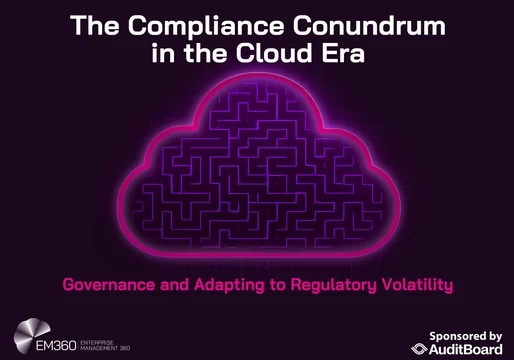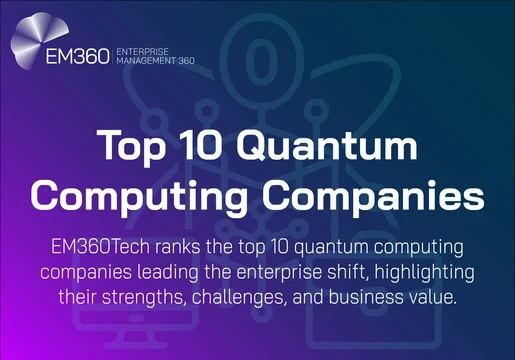"5G is becoming a great enabler for industries, enterprises, in-building connectivity and a variety of use cases, because now we can provide both the lowest latency and the highest bandwidth possible,” states Ganesh Shenbagaraman, Radisys Head of Standards, Regulatory Affairs & Ecosystems.
In the recent episode of the Tech Transformed podcast, Shubhangi Dua, Podcast Host, Producer, and Tech Journalist at EM360Tech, speaks to Shenbagaraman about 5G and edge computing and how they power private networks for various industries, from manufacturing, national security to space.
The Radisys’ Head of Standards believes in the idea of combining 5G with edge computing for transformative enterprise connectivity. If you’re a CEO, CIO, CTO, or CISO facing challenges of keeping up the pace with capacity, security and quality, this episode is for you. The speakers provide a guide on how to achieve next-gen private networks and prepare for the 6G future.
Real-Time Control
The growing need for real-time applications, such as high-quality live video streams and small industrial sensors with instant responses, demands data processing to occur closer to the source than ever before. Alluding to the technical solution that provides near-zero latency and ensures data security, Shenbagaraman says:
"By placing the 5G User Plane Function (UPF) next to local radios, we achieve near-zero latency between wireless and application processing. This keeps sensitive data secure within the enterprise network."
Such a strategy has now become imperative in handling both high-volume and mission-critical low-latency data all at the same time. Radisys addresses key compliance and confidentiality issues by storing the data within a private network. Essentially, they create a safe security framework that yields near-zero latency to guarantee utmost data security.
Powering Edge Computing Applications
The real-world benefit of this zero-latency setup is the power it gives to edge computing applications. As the user plane function is the network's final data exit point, positioning the processing application near it assures prompt perspicuity and action.
"The devices could be sending very domain-specific data,” said Shenbagaraman. “The user plane function immediately transfers it to the application, the edge application, where it can be processed in real time."
It reduces errors and improves the efficiency of tasks through the Radisys platform, with the results meeting all essential requirements, including compliance needs.
One such successful use case spotlighted in the podcast is the Radisys work with Lockheed Martin’s defence applications. "We enabled sophisticated use cases for Lockheed Martin by leveraging the underlying flexibility of 5G,” the Radisys speaker exemplified.
Radisys team customised 5G connectivity for the US defence sector. It incorporated temporary, ad-hoc networks in challenging terrains using Internet Access Backhaul. It also covered isolated, permanent private networks for locations such as maintenance hangars.
Intelligence comes from the RAN Intelligent Controller (RIC), Shenbagaraman explained on the podcast. These small, AI and machine learning-enabled network applications run directly on the RIC. The smart applications allow functions like prioritising mission-critical traffic in real time.
Takeaways
- 5G enables low latency and high bandwidth for various applications.
- Edge computing co-located with 5G can achieve near-zero latency.
- Private networks ensure data security and compliance for enterprises.
- RADIS provides solutions compatible with multiple hardware platforms.
- Lockheed Martin's 5G MIL stack showcases practical applications of edge computing.
- 5G technology is evolving and will continue into 6G.
- RADISYS is positioned to play a key role in future connectivity solutions.
- 5G can address the needs of industries like manufacturing and national security.
- The integration of satellite communication with 5G expands connectivity options.
- Enterprises can leverage RADISYS for secure and differentiated connectivity solutions.
Chapters
- 00:00 Introduction to 5G and Edge Computing
- 01:20 The Role of 5G in Various Industries
- 04:26 Understanding Edge Computing and Zero Latency
- 08:16 Private Networks and Their Importance
- 12:19 Making Software Compatible with Hardware
- 15:53 Use Case: Lockheed Martin and 5G MIL Stack
- 20:19 Future of 5G, Satellite Communication, and Edge Computing
- 24:52 Looking Ahead: The Role of RADISYS in 6G









Comments ( 0 )